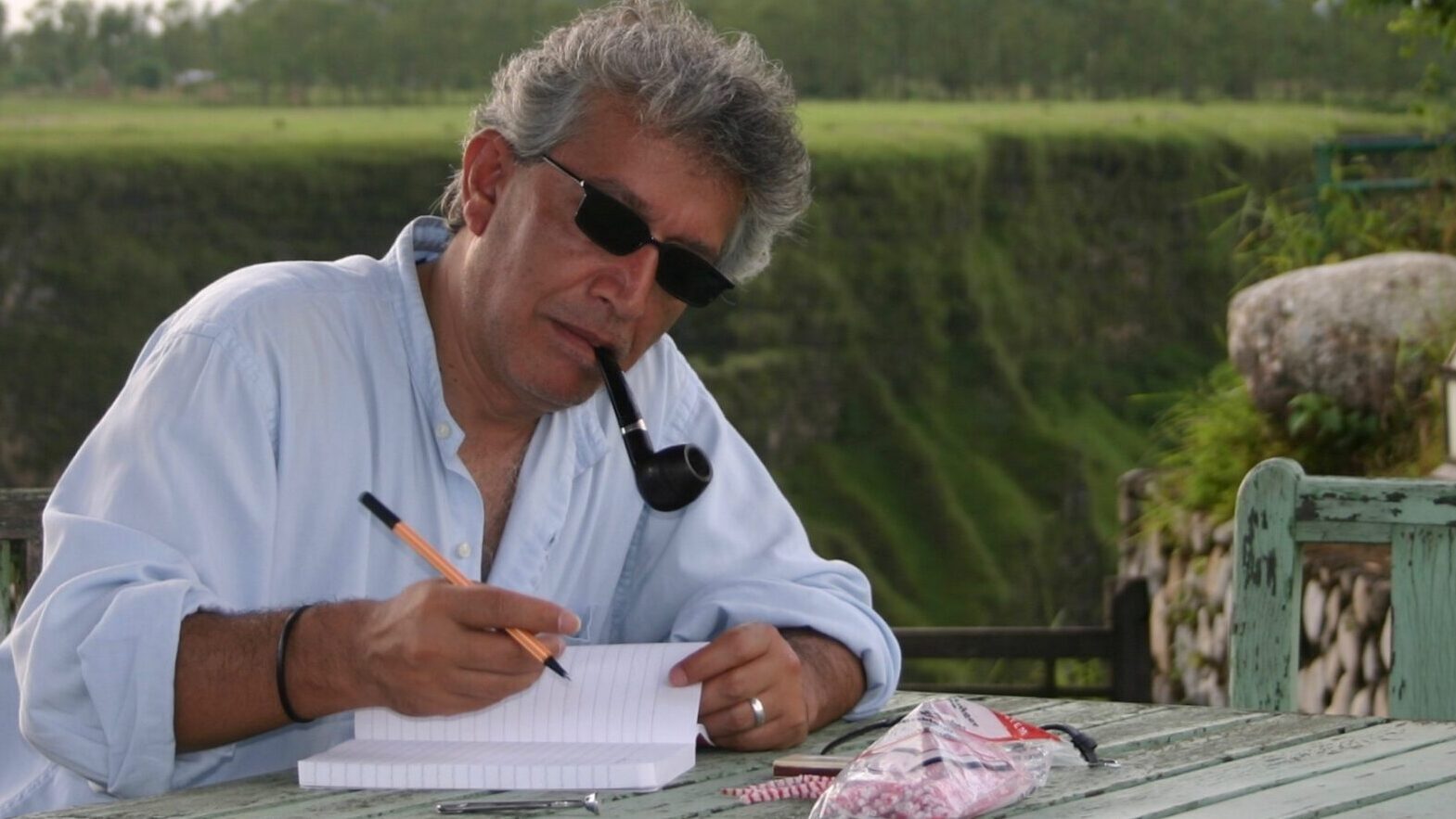ART OF USING/ DESIGNING AUDIO
Talking about sound is quite difficult. There are lots of words about visuals, but not that much about sound. The reason is, in our ordinary life, sound is often simply a background for our visual attention. It is obvious that we cannot detach sound from the images of our environment. But as a filmmaker, we should find a way to separate audio from video when we represent reality and create a documentary film. Thus, Sound is the most invisible part of the film, but its effect can be truly incredible.
The soundtrack is a playground with amazing possibilities. Be serious, be emotional, be dedicated, be alert, and make sure that each sound you pick for a film tells the right story.
Imagine, there is a party with many guests. We hear many voices. They are talking, laughing, eating, drinking, etc., Within the guests is a baby and she is crying. In reality, her sound is mixed with the others and we cannot detach them. But when we make a film to show that this party is not for babies, we make a close-up shot of the baby. In this way, we separate/isolate the baby from the others. Her sound is louder than the others and the sound of the guests is very low and we use it as the background sound.
Now Imagine that we remove the sound of the baby’s close-up and just use the noises of all the guests, we get a new feeling about that picture. We also can use music for that part or voice-over. Each version has its own effect on our sensory system. That is the reason I do believe that sound is the spirit of a film.
There are four Types of Sounds/sonic materials: Speech, Ambient Sound, Natural Sound, and music.
- Speech: Interview and Narration or voice-over.
INTERVIEW
- Direct Interview: The audiences see and hear the interviewer asking questions.
- Indirect Interview: The audience does not see, and hear the interviewer asking any questions. Actually, there is not a direct question, but the interviewee gives her/his opinion, statement, etc.
NARRATION/VOICEOVER
- The type of voices for narration: Informal or formal, male or female narrator, young or old.
- The voice reads smoothly, and clearly, and pronounces/articulates well. The voice should engage the viewers otherwise, they will stop listening or paying attention. Never forget that the audiences remember the film and not the narrator. Her/his sound works in the minds of the audience.
- The voice should fit the content and tone of the film. For instance, a war-historical – documentary would not be served by a youthful voice-over.
- Ambient Sound: It is the background noises that create a sense of place. It is like sound perspective*. It adds beautiful dimensions to the film. Without the ambient sound, the motion pictures feel flat.
- Natural Sound: Set noise, Sound effects, Exterior, and Interior set noise. It is the texture of your invisible part. Of course, there are many films without narrations but use set noise, natural sounds, and, music.
- Music: Music is an important factor in creating a ‘mood’ in the film, and the wrong choice of music can ruin the production. Discuss with your editor, composer, etc. whether the music should be supportive, controlling, and, disturbing in relation to what is visually expressed. Music could create sound effects, set noise, and unspoken narration. Sometimes the music is the spirit of your whole story.
- Silence: Silence is louder than voices when the shots are telling the story, the powerful motion pictures. Silence is used for nonverbal communication, spirituality, remembrance, and recollection. It depends on the subject of the film when and where you use the silent moment (s).
- The Sound perspective is like picture depth. The depth of field is the distance between the
Nearest – we call it FOREGROUND – and farthest – BACKGROUND – to the viewer.
Everything between the foreground and background is the middle ground – mid-ground-.
Working with a depth of field can help filmmakers to create a dynamic composition that tells the story.
* The sound Perspective is the distance and the position of the audio, creating realism in the sense of space within the film. Instead, a film shows a car from far away, driving towards the camera. The sound perspective needs to be altered through this short distance, and gradually increase the volume as the car gets closer into the shot. When the car drives into a garage and closes the door, the character’s voice inside sounds muted and faint as the camera remains outside of the garage. However, as the door opens, the sound changes to become bolder, stronger.
We recognize this kind of sound perspective in Dolby’s surround technique/design.
@MANOUCHEHRABRONTAN2016
